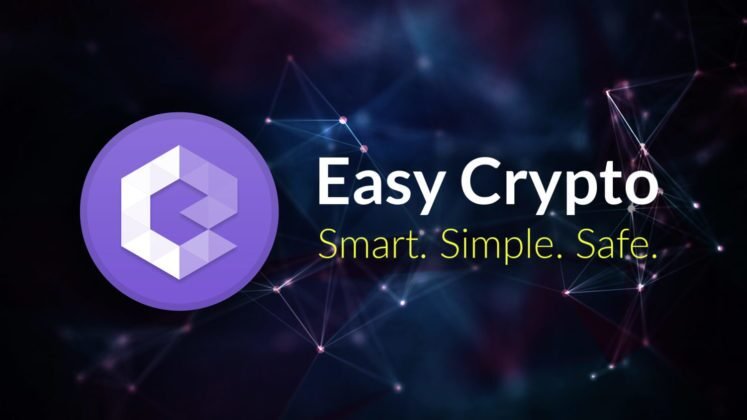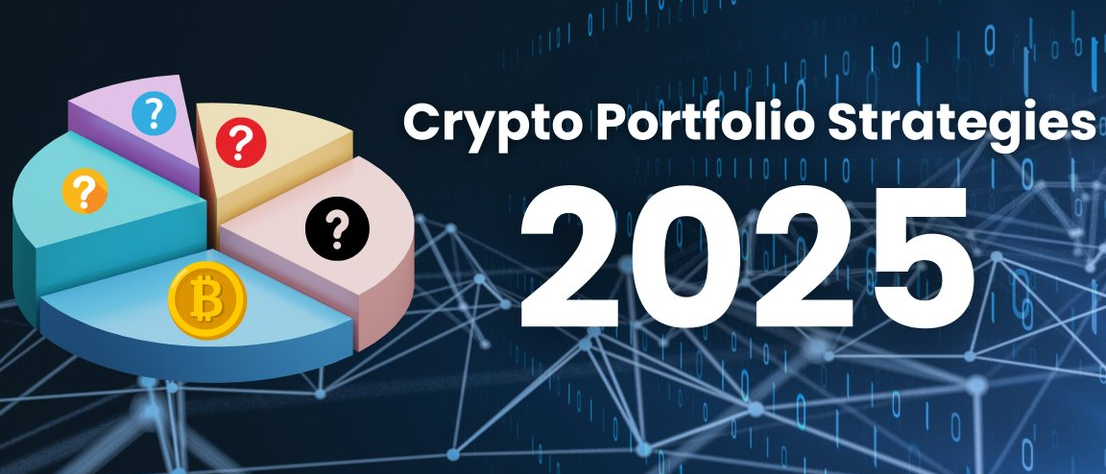Getting started with crypto can feel like trying to decode an alien language. Wallets? Exchanges? Blockchains? For many beginners, it’s overwhelming. But the truth is, buying your first cryptocurrency is easier than you think — once you understand the basics. This guide breaks down the process step by step, so you can go from total newbie to making your very first crypto transaction with confidence.
Simple Guide to Join the World of Cryptocurrency

Cryptocurrency is digital money that lives on a blockchain — a kind of online ledger that records every transaction publicly. The most well-known crypto is Bitcoin, but there are thousands of others, like Ethereum, Solana, and USDT (Tether).
Why do people use it?
- To invest and grow their money
- To send/receive money globally
- To access decentralized apps (DeFi, NFTs, etc.)
Step One: Choose a Crypto Wallet:
Just like you need a wallet for physical cash, you need one for crypto. There are two main types:
- Hot Wallets: Apps or browser extensions that connect to the internet (e.g., MetaMask, Trust Wallet)
- Cold Wallets: Physical devices that store your crypto offline for better security (e.g., Ledger, Trezor)
Beginner Tip: Start with a hot wallet like Trust Wallet or MetaMask — they’re free and easy to set up.
Setting it up:
- Download the app
- Write down your seed phrase (usually 12–24 words) and keep it somewhere safe — this is the only way to recover your wallet if you lose your device
Step Two: Choose a Crypto Exchange
An exchange is where you buy crypto using traditional money (USD, EUR, VND, etc.).
Popular beginner-friendly exchanges:
- Binance
- Coinbase
- Bybit
- Remitano (popular in Vietnam)
How to buy:
- Create an account and verify your identity (KYC)
- Link a payment method (bank transfer, card, etc.)
- Choose the coin you want to buy
- Enter the amount and confirm the purchase
Step Three: Transfer Your Crypto to Your Wallet
Once you’ve bought crypto on an exchange, it’s time to transfer it to your personal wallet for better control and safety.
Here’s how:
- Open your wallet app and copy your wallet address (e.g., your Bitcoin or Ethereum address)
- On the exchange, select “Withdraw” and paste your wallet address
- Double-check the network and coin type (e.g., don’t send ETH to a BTC address!)
- Confirm the withdrawal — the crypto will arrive in a few minutes
Now, you officially own your crypto and have full control of it!
What Can You Do Next?
Once your crypto is in your wallet, here are a few things you can try:
- Send crypto to a friend
- Swap coins inside your wallet
- Stake crypto to earn passive income
- Explore DeFi apps, NFTs, or simply hold it as an investment
In Conclusion, The crypto space is huge and constantly evolving, but now that you’ve gotten started, you’ll find it much easier (and more exciting) to explore what’s next. Whether you’re here to invest, experiment, or build something of your own — the journey begins with that first transaction.
Next up? Maybe try your first NFT, explore DeFi staking, or learn how to secure your wallet like a pro.
Ready to start your cryptocurrency journey?
If you’re interested in exploring the world of crypto trading, here are some trusted platforms where you can create an account:
🔹 Binance – A global leader in cryptocurrency trading.
🔹 Bybit – A user-friendly platform for both beginners and advanced traders.
These platforms offer innovative features and a secure environment for trading and learning about cryptocurrencies. Join today and start exploring the opportunities in this exciting space!
🚀 Want to stay updated with the latest insights and discussions on cryptocurrency?
Join our crypto community for news, discussions, and market updates: OCBCryptoHub on Telegram.
📩 For collaborations and inquiries: datnk710@gmail.com
Disclaimer: Always do your own research (DYOR) and ensure you understand the risks before making any financial decisions.




